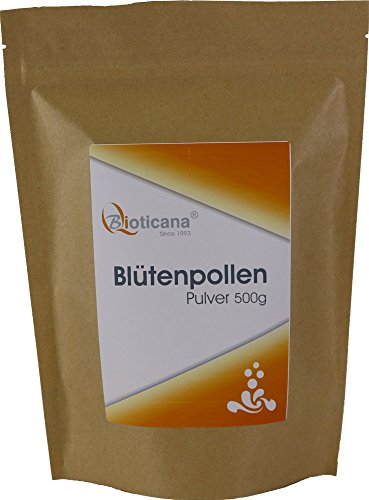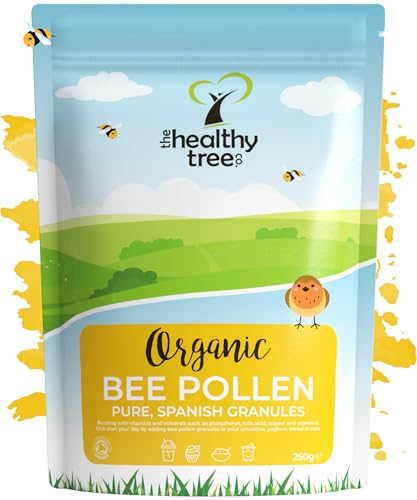Understanding Flower Pollen: What It Is and How It Can Benefit You
What is Flower Pollen?
Flower pollen is a fine powder produced by flowering plants, consisting of tiny grains that contain male gametes. When bees and other pollinators visit flowers, they collect this pollen, which plays a crucial role in the reproduction of plants. But it’s not just important for plants; flower pollen is packed with nutrients and can provide numerous health benefits to those who incorporate it into their diets.
Nutritional Benefits of Flower Pollen
Rich in proteins, vitamins, minerals, and antioxidants, flower pollen is often hailed as a superfood. Its composition varies depending on the plant species; for example, some pollen types are rich in B vitamins, while others might contain significant amounts of flavonoids. Regular consumption of flower pollen can help support immune function, boost energy levels, and improve overall well-being, making it an appealing addition to a health-conscious lifestyle.
Choosing the Right Flower Pollen: Key Factors to Consider
Identify the Source of the Pollen
When selecting flower pollen, it’s essential to consider the source. Pollen harvested from different flowers offers varying health benefits and flavor profiles. For instance, pollen from wildflowers is often praised for its diverse nutrient content. Understanding your specific health goals can guide you to the most beneficial type of pollen for your needs.
Evaluate Purity and Quality
Not all flower pollen is created equal. We should ensure we choose products that are organic and free from additives or contaminants. Check for certifications that reflect quality standards, and consider which producers prioritise clean harvesting processes to ensure you are consuming a product that is both safe and effective.
Different Forms of Flower Pollen: Which One Suits Your Needs?
Fresh vs Dried Pollen
Flower pollen typically comes in two main forms: fresh and dried. Fresh pollen tends to have a more potent taste and retains a higher level of nutrients because it is less processed. However, dried pollen is more convenient when it comes to storage and shelf life. If you prefer long-term use, dried pollen may be more suitable for you.
Powder or Granule Form?
Flower pollen is available in powder or granule forms. Granules retain their natural structure and often provide a more authentic taste experience, while powder can be easier to mix into smoothies or recipes. Choose the form that fits best with how you plan to consume it.
How to Incorporate Flower Pollen into Your Daily Routine
Simple Ways to Use Flower Pollen
Incorporating flower pollen into your daily routine can be simple and enjoyable. Add a spoonful of pollen to your morning smoothie or sprinkle it on top of your breakfast bowl. It can also be mixed into salad dressings, yogurt, or even baked goods for a nutritious boost. Experiment with different combinations to find what suits your taste.
Stay Consistent
To fully reap the benefits of flower pollen, consistency is key. Aim to consume it regularly as part of your diet, rather than as a sporadic addition. This habit will help your body adjust and allow you to better appreciate the health benefits over time.
Expert Tips on Maximising the Benefits of Flower Pollen
Pair with Complementary Foods
To maximise the nutritional benefits of flower pollen, consider pairing it with complementary foods. Combining pollen with vitamin C-rich foods like citrus fruits can enhance the absorption of certain nutrients. We can get creative in the kitchen, mixing pollen with various fruits, nuts, and seeds.
Monitor Your Body’s Response
Pay attention to how your body responds when you start incorporating flower pollen. Everyone’s body is different, and tracking any changes in energy levels or overall wellness can help you understand how it fits into your diet. Adjust the amount you consume based on your personal experience for the best results.





















